Windows apps on iOS and Android - The future of Windows 10 may be virtualization
What if iPhone or Android users could run Microsoft's universal apps right on their phone?
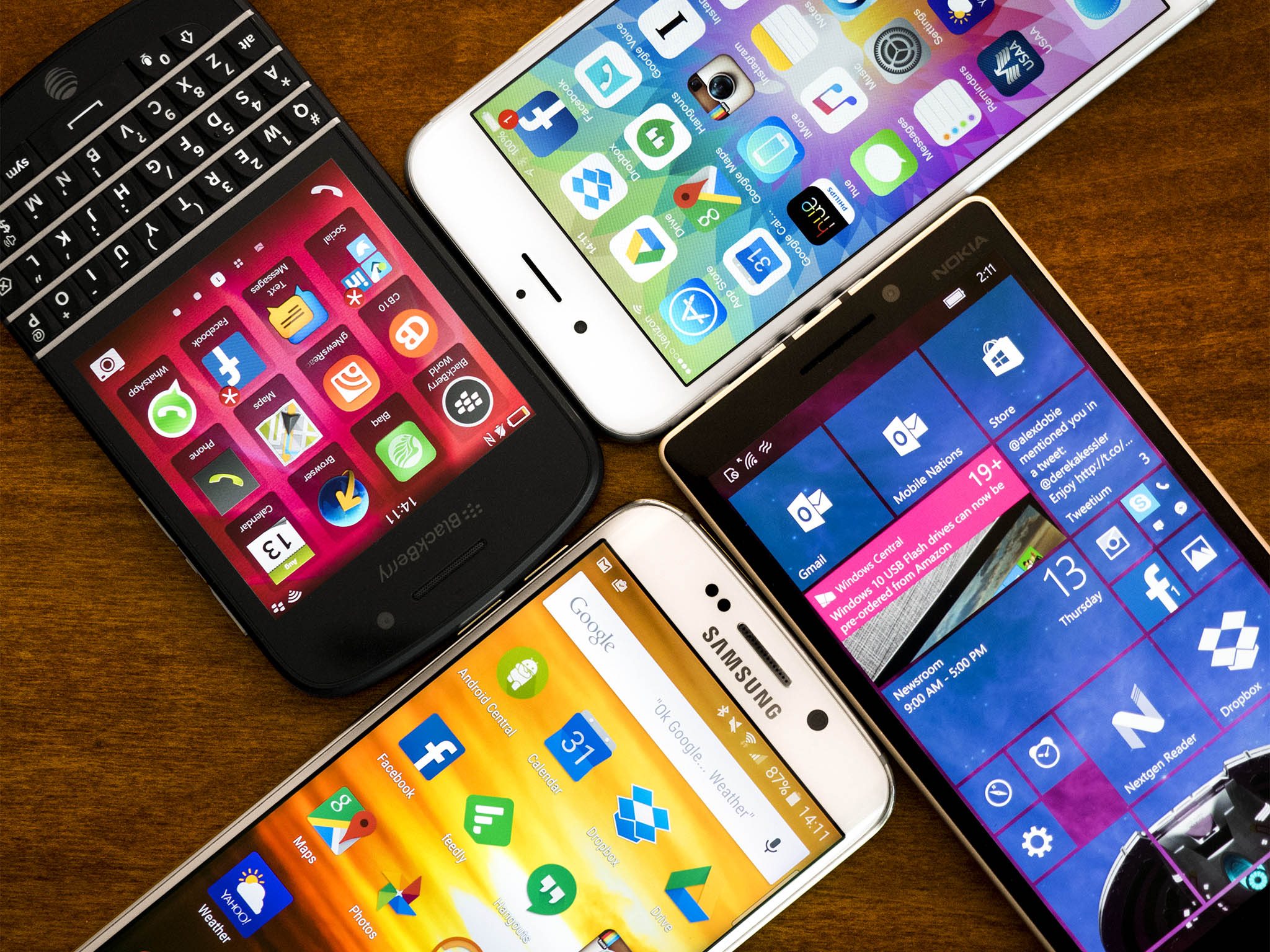
Interestingly enough the next after this article was published Microsoft acquired Xamarin. Xamarin is a well-known company that creates software tools for making apps for iOS, Android and Windows platforms that can share common code.
Microsoft's vision of Windows as a Service (WaaS) may be more than just a steady stream of updates to users of the Windows 10 operating system. Virtualization of Windows 10 across many devices may be the ultimate end goal by Redmond according to my sources.
Such a plan would certainly give new meaning to Universal Windows Platform (UWP).
HP Elite x3 and virtualized Windows 10
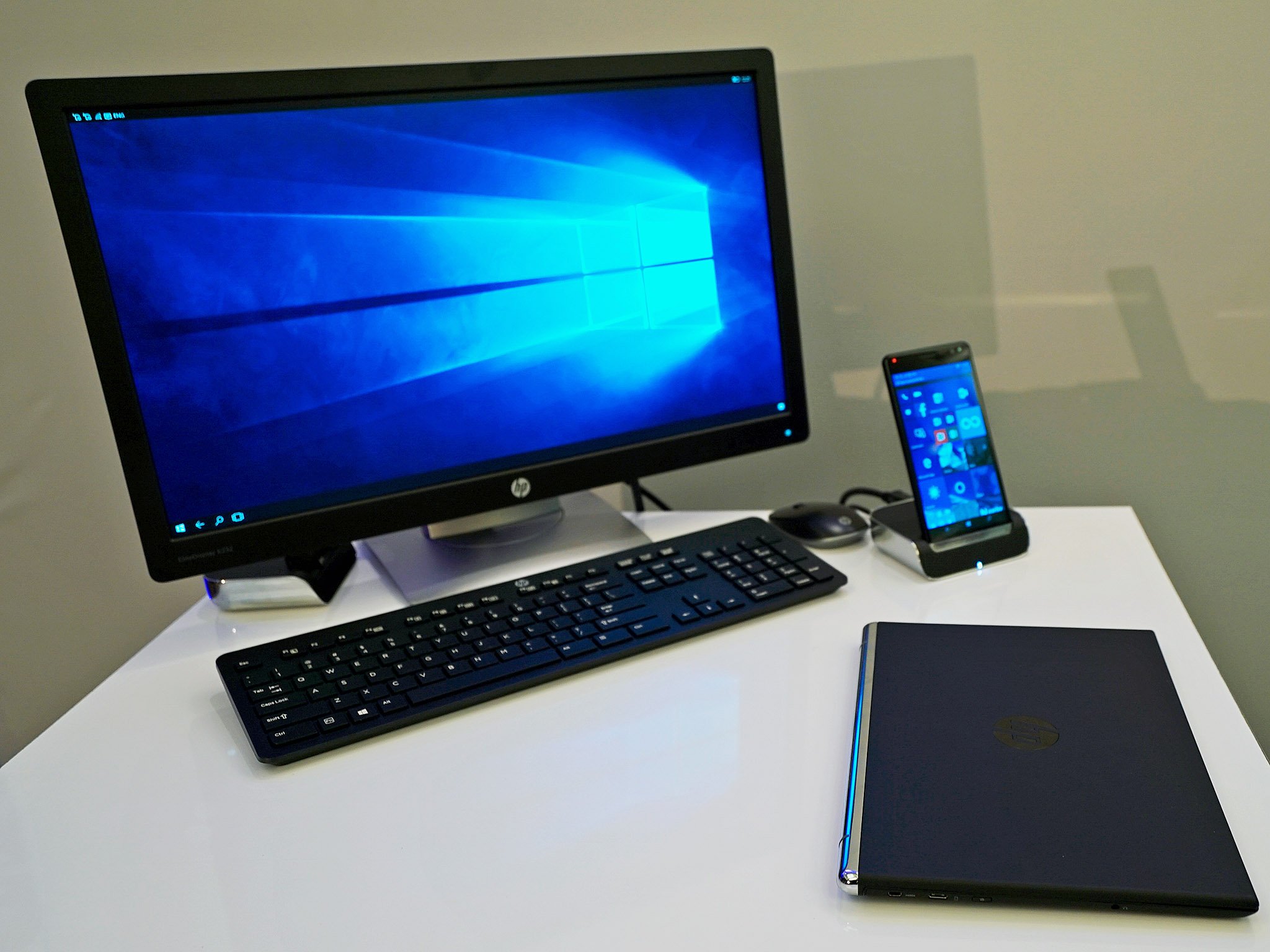
Early signs of the virtualization approach are already being implemented with the forthcoming HP Elite x3 smartphone running Windows 10 Mobile. That phone was just announced this week at Mobile World Congress. While the Elite x3 cannot run classic Windows desktop apps directly, it can run them indirectly through HP's Workspace technology. With that program users can run legacy apps through the cloud to the phone.
HP believes the ultimate future for enterprise is with the Universal Windows Platform (UWP) but acknowledge that many Win32 apps may never be rewritten to Microsoft's preferred platform.
HP Workspace works by creating a collection of desktop apps that run remotely on a server. Companies then let employees run virtualized desktop apps through the cloud to the Elite x3 via Continuum and the HP Mobile Extender or HP Desk Dock. Part of the reason why the Elite x3 does not launch until later this summer is so that HP can work with companies on virtualizing their legacy software in anticipation of device deployment.
HP Workspace is essentially a more sophisticated version of Remote Desktop, but the backend and connection are secured since it can leverage Citrix. The reason so many companies are reportedly interested in the Elite x3 is due employees being able to access sensitive data and applications through one protected device.
Get the Windows Central Newsletter
All the latest news, reviews, and guides for Windows and Xbox diehards.
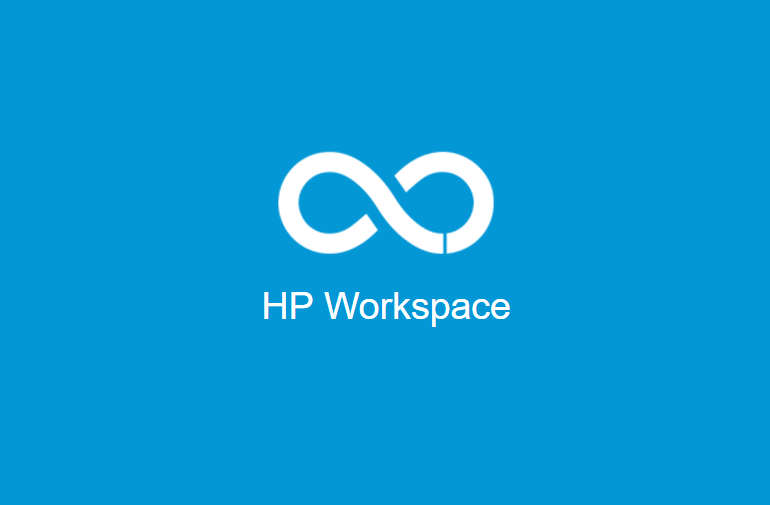
While current 'bring your own device' (BYOD) programs exist in corporate environments, they occur in response to the lack of a viable and secure alternative and not because an iPhone or Android device is a superior solution. The promise of a Windows-everywhere future, however, could turn the tide of such programs should HP's Elite x3 prove to be successful.
Limitations, of course, are present with virtualization, but it does steer clear of the need to run a phone using x86 Intel hardware. Microsoft and Intel are exploring such devices but there is no evidence that either company is close to releasing a phone that could replicate an actual "PC in the pocket".
As an alternative, Microsoft's Azure cloud service and virtualized environments can do the heavy lifting so that a Windows phone (via Continuum) becomes an end-terminal while accomplishing the same goal.
It should be noted that HP's solution does require remote servers hosting the PC software and is not available to regular consumers.
Universal apps and two-way Bridges
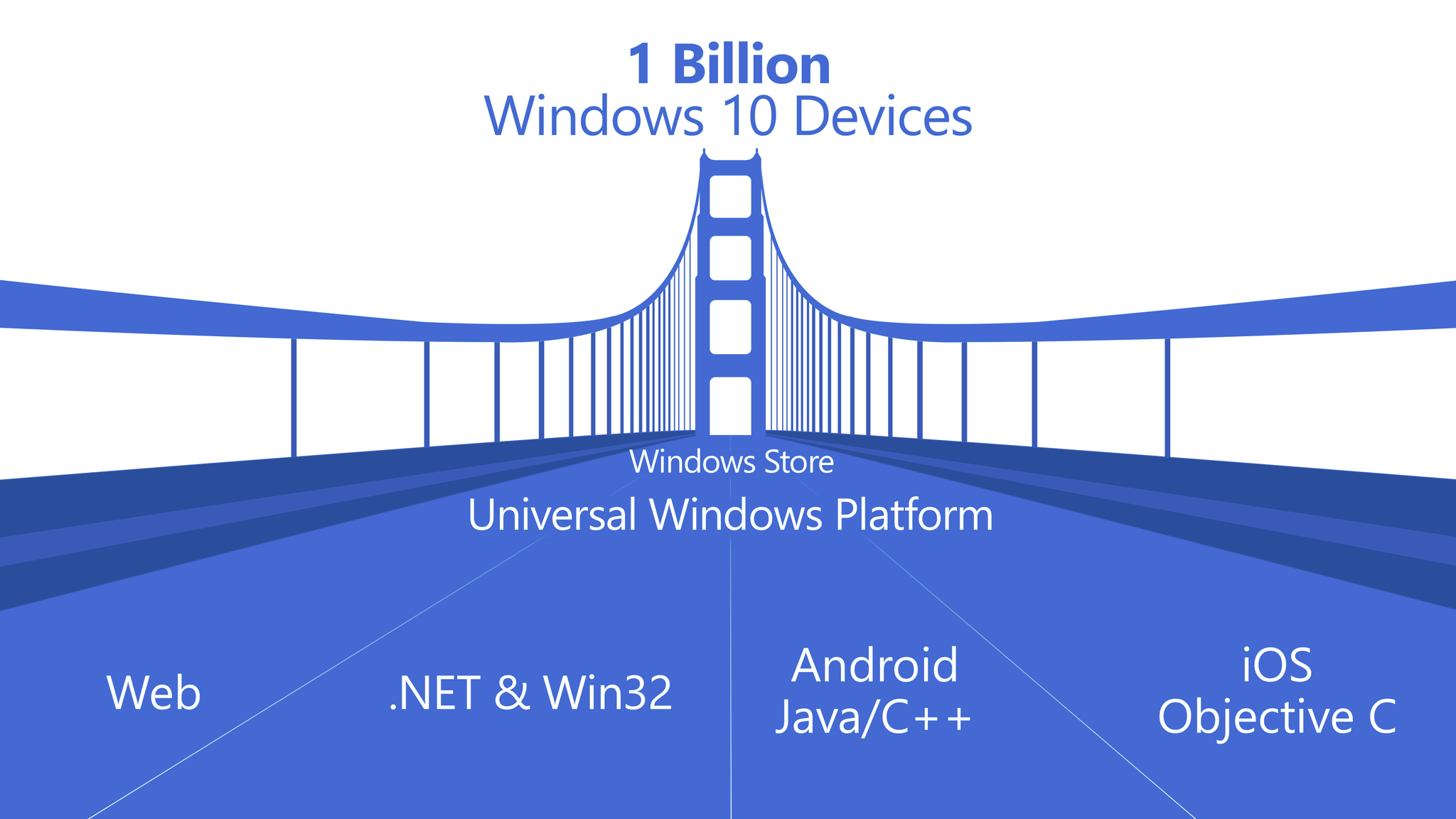
According to sources familiar with Microsoft's plans the company is reportedly exploring extending its Hyper-V and App-V virtualization software to different OSs including iOS and Android.
The intended purpose would be to let consumers run some version of Windows – and apps - through all devices via a type of micro-Hyper-V or App-V environment. Just how such a feat is going to be accomplished is beyond the scope of this article, but it sounds very much like Windows Bridges in reverse.
Last year, Microsoft unveiled their Bridges plan during Build 2015 for bringing apps to Windows 10 and Windows 10 Mobile from other ecosystems. At the time, there were four Microsoft Bridges in early development proposed for developers:
- Project Westminster - For porting Web apps
- Project Centennial - For porting Classic Win32 apps
- Project Islandwood - For porting iOS apps
- Project Astoria - For emulating Android apps
However, in November of last year I reported that Astoria was put on hold indefinitely due to a variety of reasons and that is still the case.
What Microsoft did not discuss in 2015, conversely, was any plans to go in the opposite direction: how to bring Windows apps to iOS and Android. Microsoft could continue to write such apps natively, but what if there were another way?
Taking the bridge metaphor of being a two-way system to its logical conclusion would make sense for the company. Virtualization of the OS and apps would be a plausible route as many of the technologies needed to implement such a system already exist.
It is not yet clear if this Windows app virtualization is something that Microsoft will talk about this year at Build, but it is possible. Microsoft's Build conference for developers is set to take place March 30 through April 1 in San Francisco.
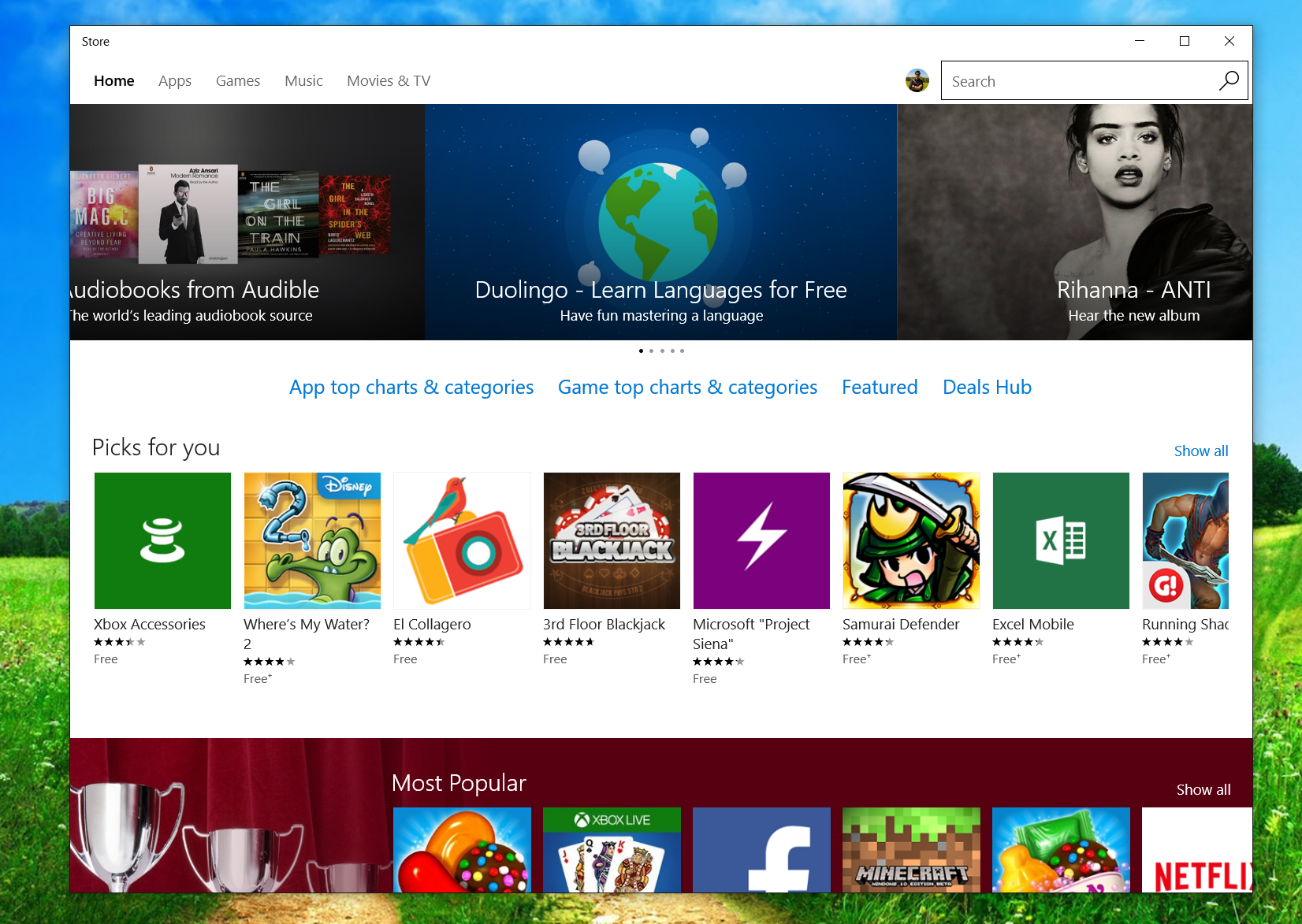
Assuming this information is correct – and I have little reason to doubt it - Microsoft would be able to have Windows apps (and maybe even Windows 10) run on competing platforms thus making 'universal apps' truly live up to their name. Once implemented, such a system would give more incentive to developers to make and distribute Windows apps (UWP) due to the larger consumer base reached. However, to get the native experience users would be incentivised to use a 'true' Windows 10 Mobile device. Thus, this strategy would boost the Windows Store and Windows 10 as a whole.
Finally, it should be noted that many of the Bridge technologies proposed last year have yet to become a reality for developers (e.g. Centennial and Islandwood) so there is no telling when this Windows OS and app virtualization project could be implemented.
The prospect of running Windows apps on any platform someday is certainly tantalizing, and it looks to be an increasingly plausible one too. Hopefully, we'll hear more about these efforts shortly.

Daniel Rubino is the Editor-in-chief of Windows Central. He is also the head reviewer, podcast co-host, and analyst. He has been covering Microsoft since 2007 when this site was called WMExperts (and later Windows Phone Central). His interests include Windows, laptops, next-gen computing, and wearable tech. He has reviewed laptops for over 10 years and is particularly fond of 2-in-1 convertibles, Arm64 processors, new form factors, and thin-and-light PCs. Before all this tech stuff, he worked on a Ph.D. in linguistics, performed polysomnographs in NYC, and was a motion-picture operator for 17 years.
